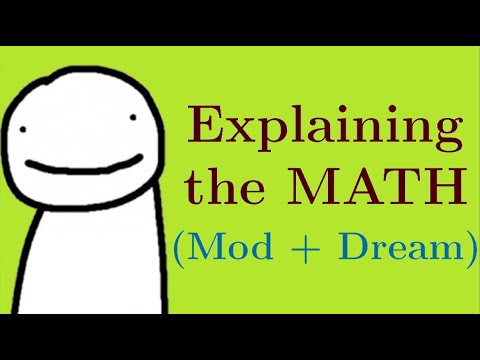Description:
Dive into a comprehensive 26-minute video analysis of the mathematical aspects surrounding the Dream cheating scandal in Minecraft speedrunning. Explore concepts like binomial distribution, bias corrections, and statistical tools used by both the moderation team and the hired astrophysicist. Learn about probability, statistics, and coding while examining the controversy. Follow along as the video breaks down complex math into understandable explanations, covering topics such as stopping criterion, stream selection bias, runner selection bias, and p-hacking. Gain insights into the mathematical arguments presented by both sides of the debate, including criticisms and potential mistakes. Suitable for those interested in gaming controversies, statistics, or applied mathematics in real-world scenarios.

Dream Cheating Scandal - Explaining All the Math Simply
Add to list
#Mathematics
#Statistics & Probability
#Probability
#Mathematical Analysis
#Statistical Analysis
#Binomial Distribution